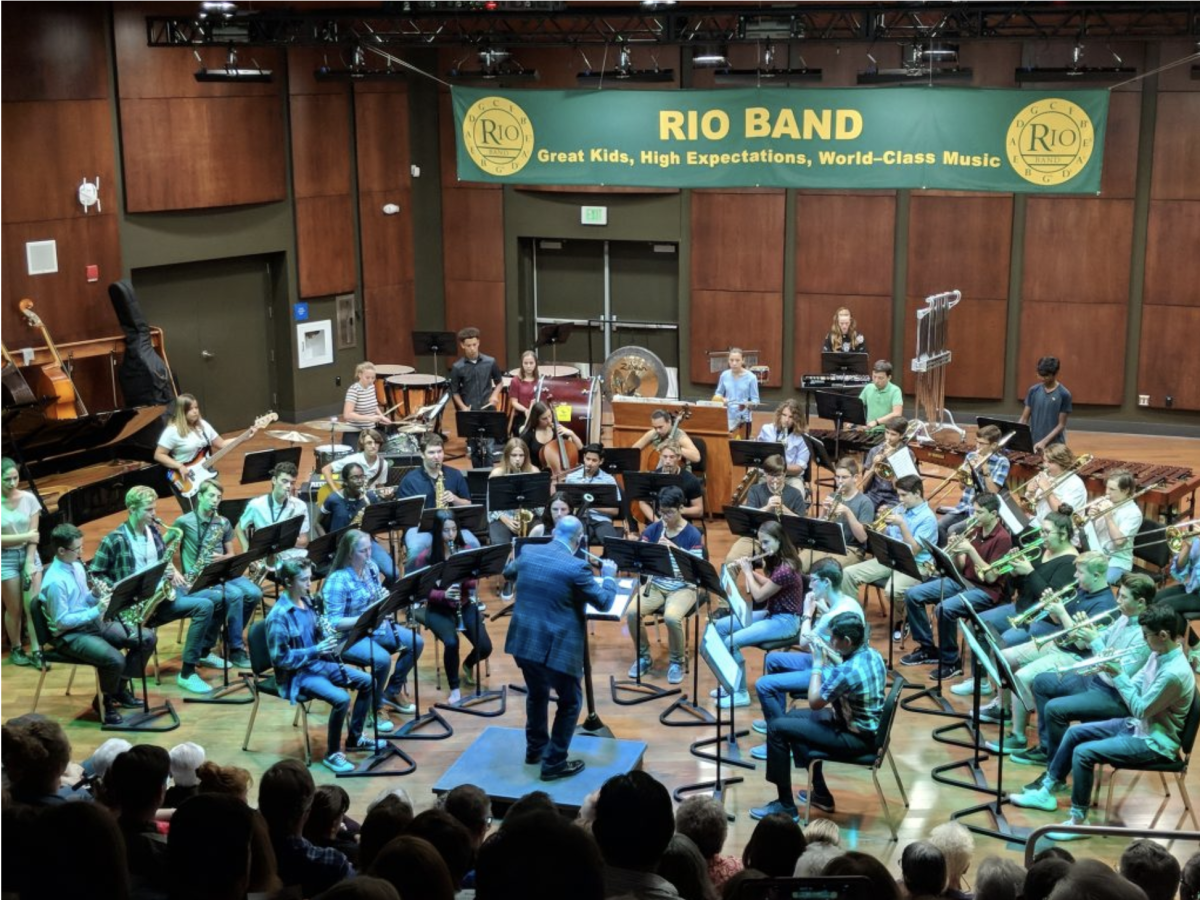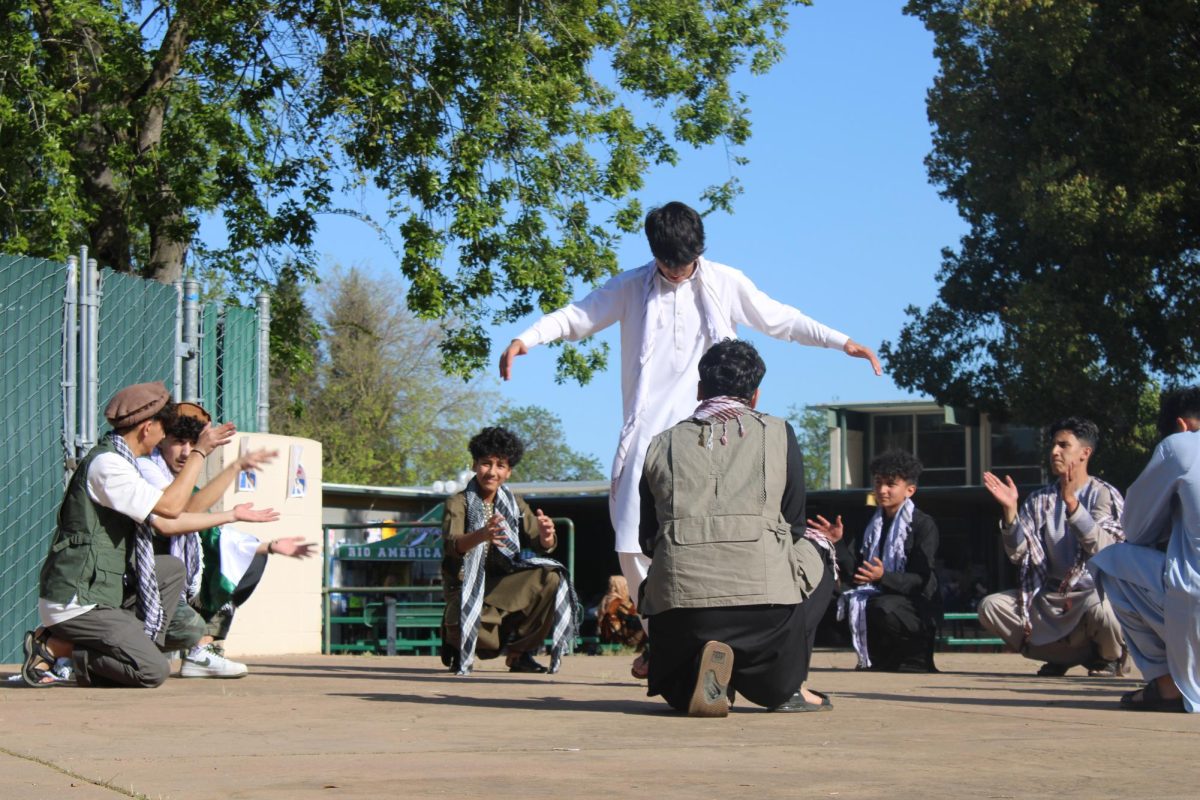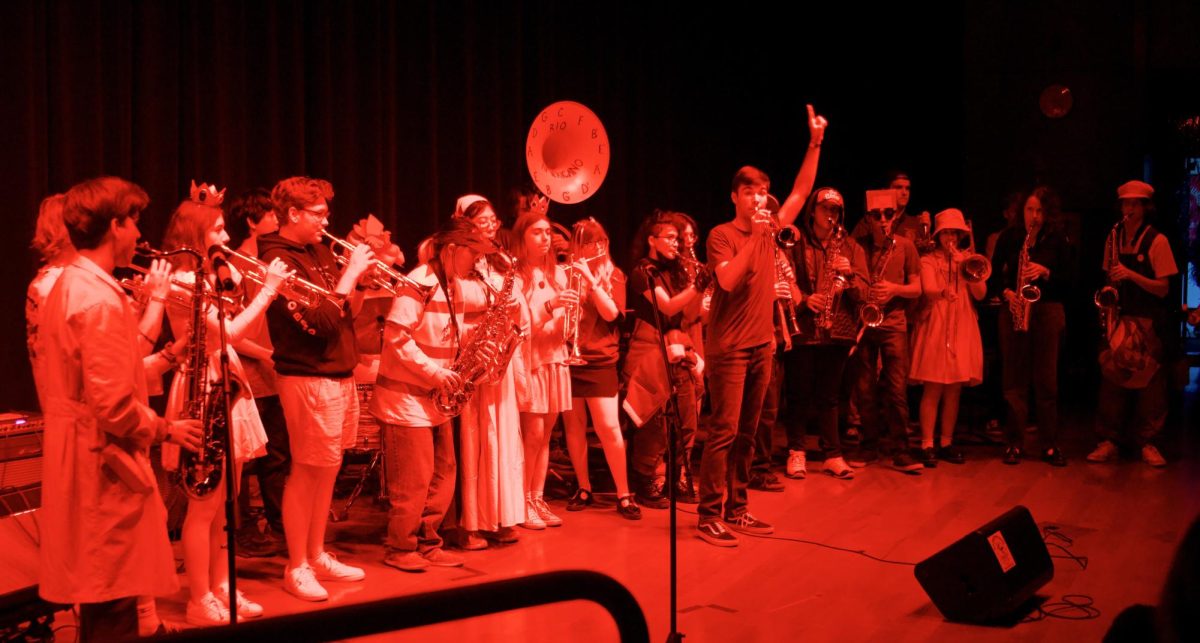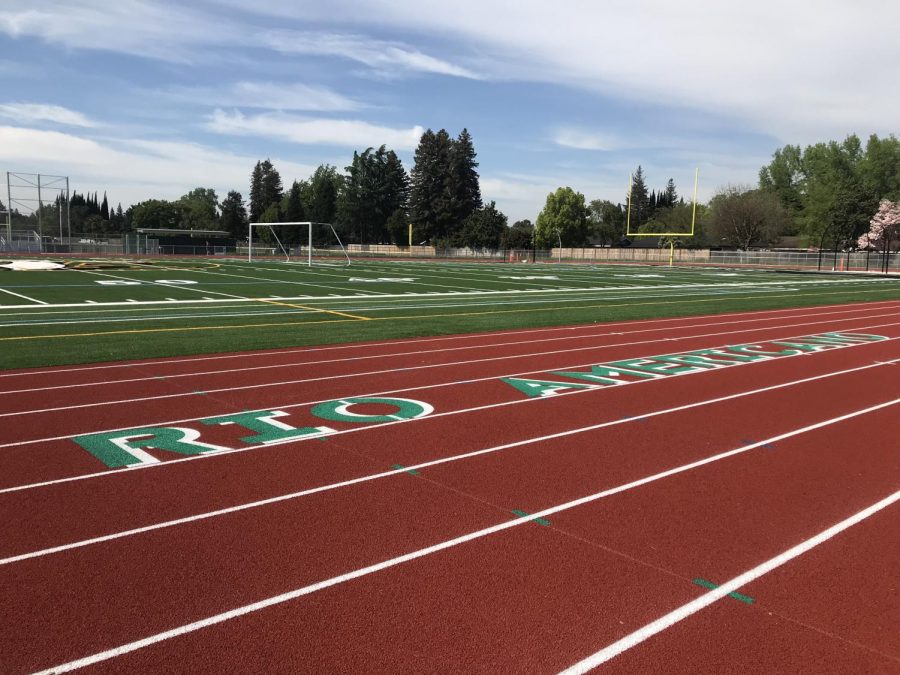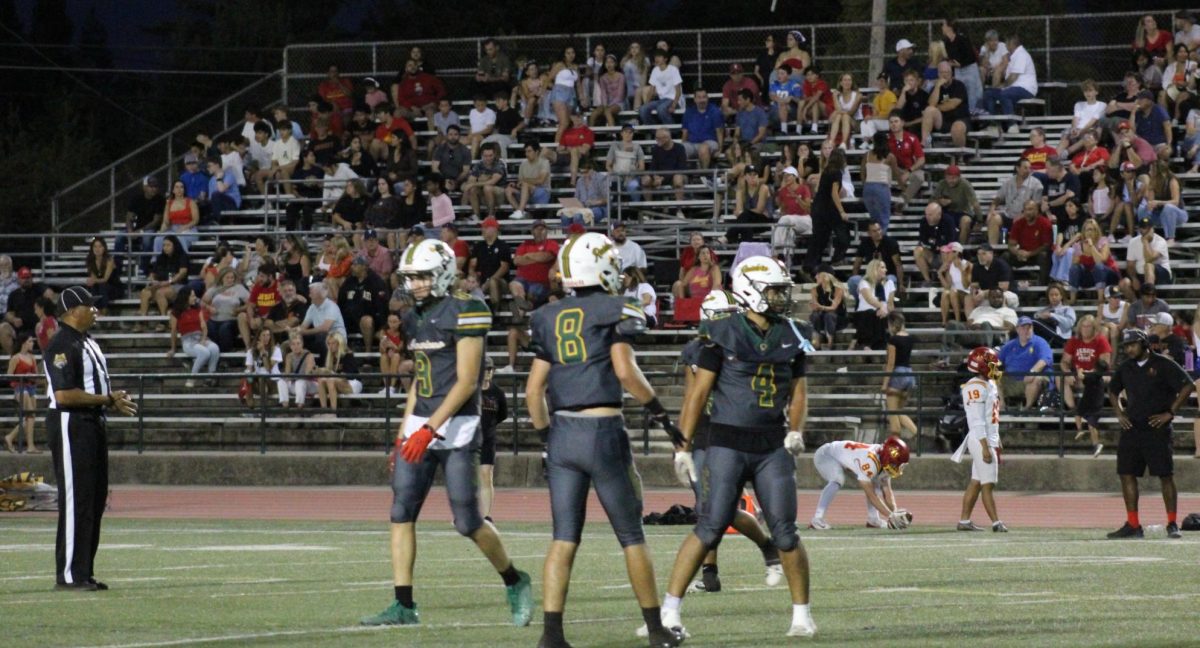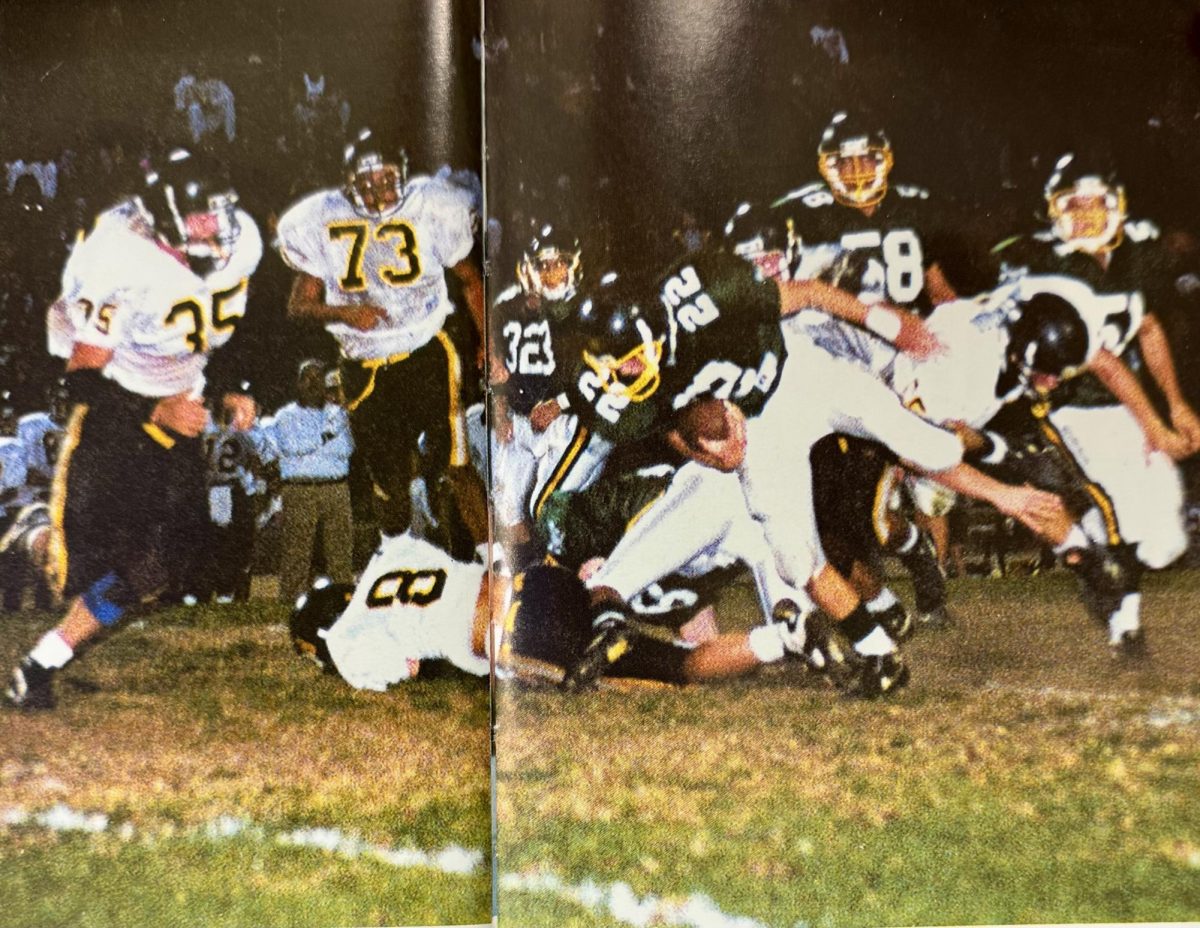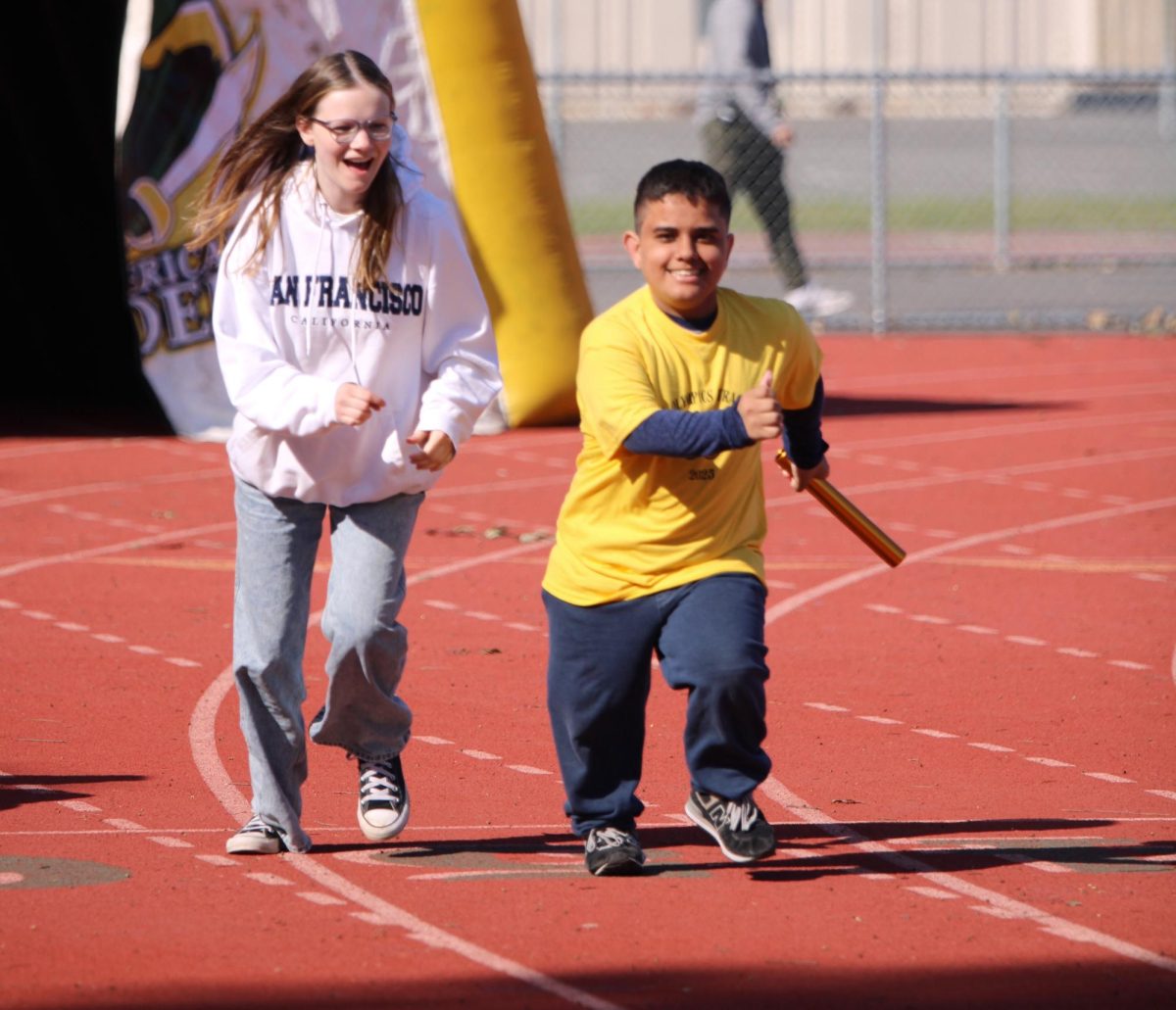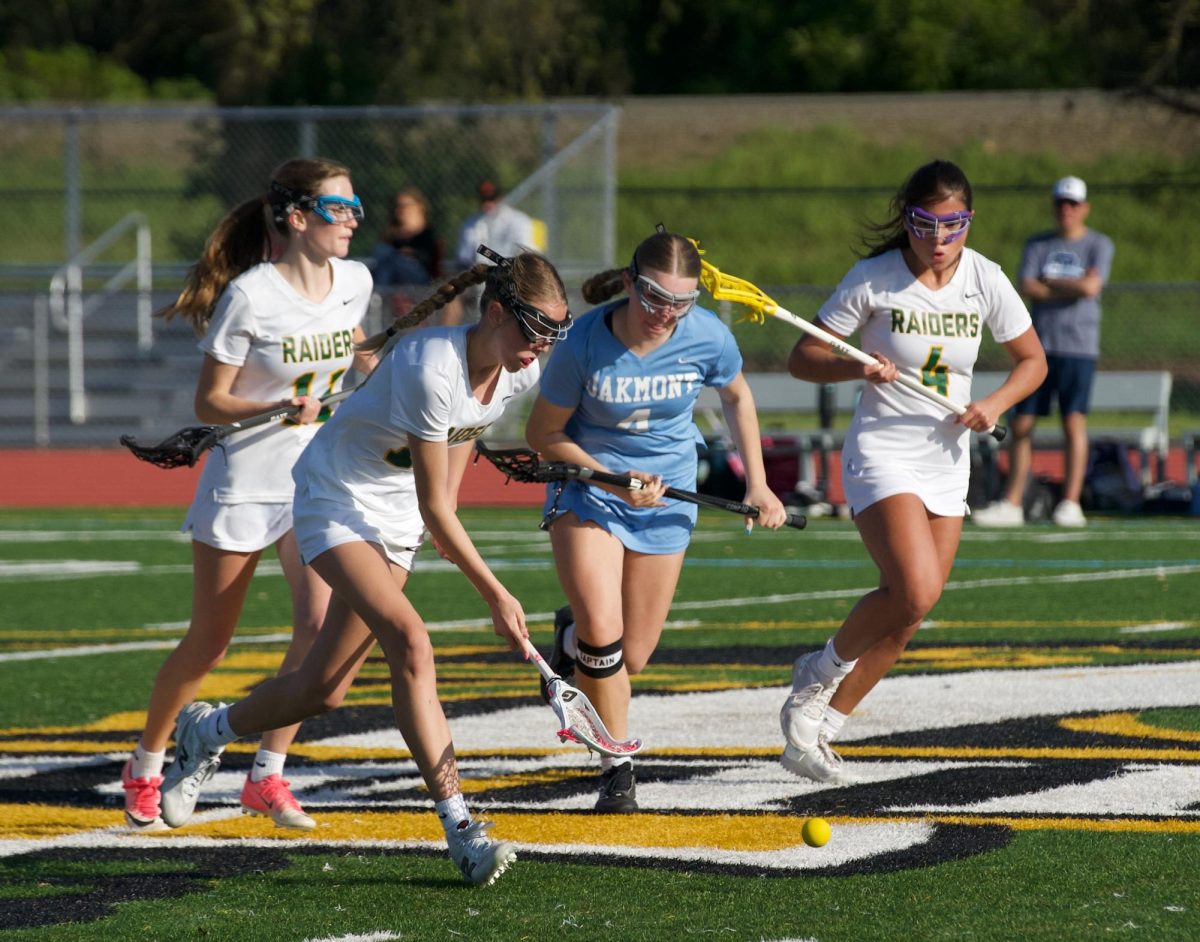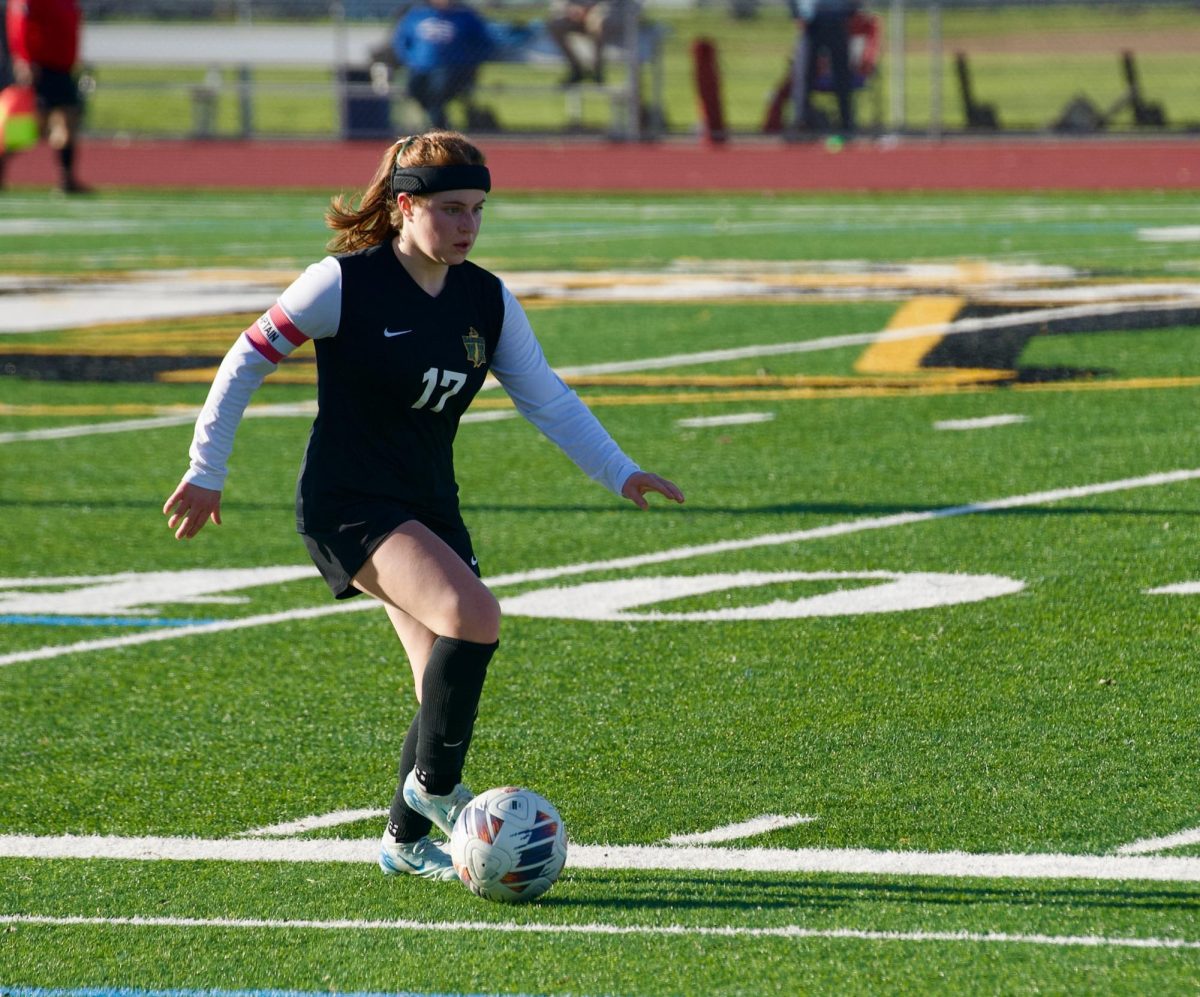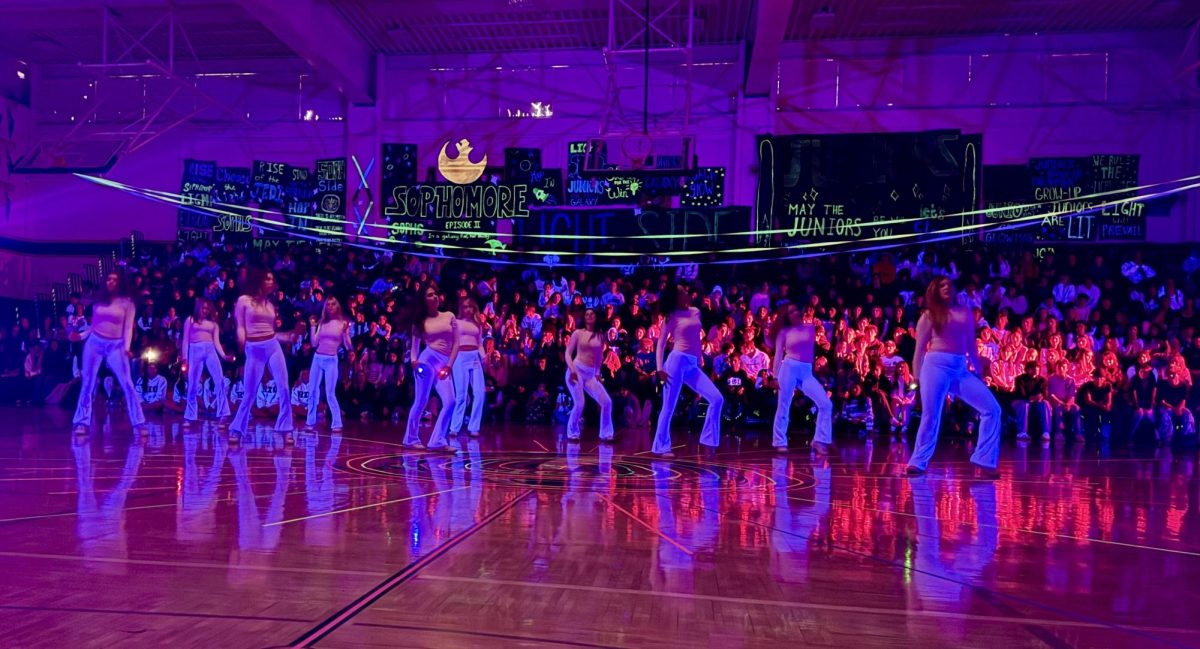Crowded Classroom Chaos
Can’t get around campus? No desks available? What can you do?
Crowded classrooms, limited parking spots, lack of desks and classrooms, Rio is now at its capacity.
The first couple weeks of school, multiple classes exceeded the limit. With some classes having over 60 students, space has become limited.
Hallways are packed and students struggle to reach their classes before the final bell rings, and even when they reach their class, the chaos doesn’t stop.
Limited desks and chairs have left students sitting at teacher’s desks, T.A. tables or even on the ground.
Teachers have been forced to get desks from other schools/classrooms. This environment is hectic and harmful to student’s learning.
Participation opportunities are limited by the mass amount of students which affects their grades.
This isn’t fair to students who wish to get better at a language, a class where participation is necessary for complete comprehension.
More students leads to more distractions, which makes it difficult for teachers to start class as well as get through set curriculum.
Teachers have to waste time getting the class to settle down and with the amount of students, it is hard to get everyone to focus for the entire period.
Once schedules are changed, teachers will be switched and students will essentially have to start all over almost a month into the school year.
This is hard for students and teachers because they are both forced to catch up to stay on the year’s timeline.
Putting kids through a month of school, stress, homework, quizzes, etc, just to force them start over puts them at a disadvantage when they’re alongside students who have already completed the first part of the course.
In March, the district estimates how many students will be in the freshmen class, and determines how many teachers will be needed the following year. This is based on where middle school students say they’re going in a questionnaire and how many students typically open enroll.
This year they grossly underestimated the amount of incoming students. Understaffed, the administration was not prepared for the flood of students.
As a result, teachers are working 120 percent. Typically teachers see no more than 165 students in a day (36 max per class, on average 33). Now, an extra period is being added to each teacher’s day, so they’re losing their prep period.
How well can a teacher teach when they aren’t given a period to break and prepare? Teachers like Mr. Garcia, a former Social Studies teacher, now teaches four periods of Spanish. This is his first year teaching this subject and he is already being overworked.
The endless construction makes navigating campus even more difficult. The pathways are more narrow, and add the growing number of students and it’s impossible to get across campus in five minutes.
The district needs to provide adequate staffing, administration needs to fix schedules, add new staff members and organize classroom distribution before the school year gets into full swing. It isn’t fair to students, parents or teachers.

-Max Wolthuis (9)

-Tatum Brockman (9)

-Brian Asher, Spanish Teacher

-Gabby DeLasse, Spanish Teacher

